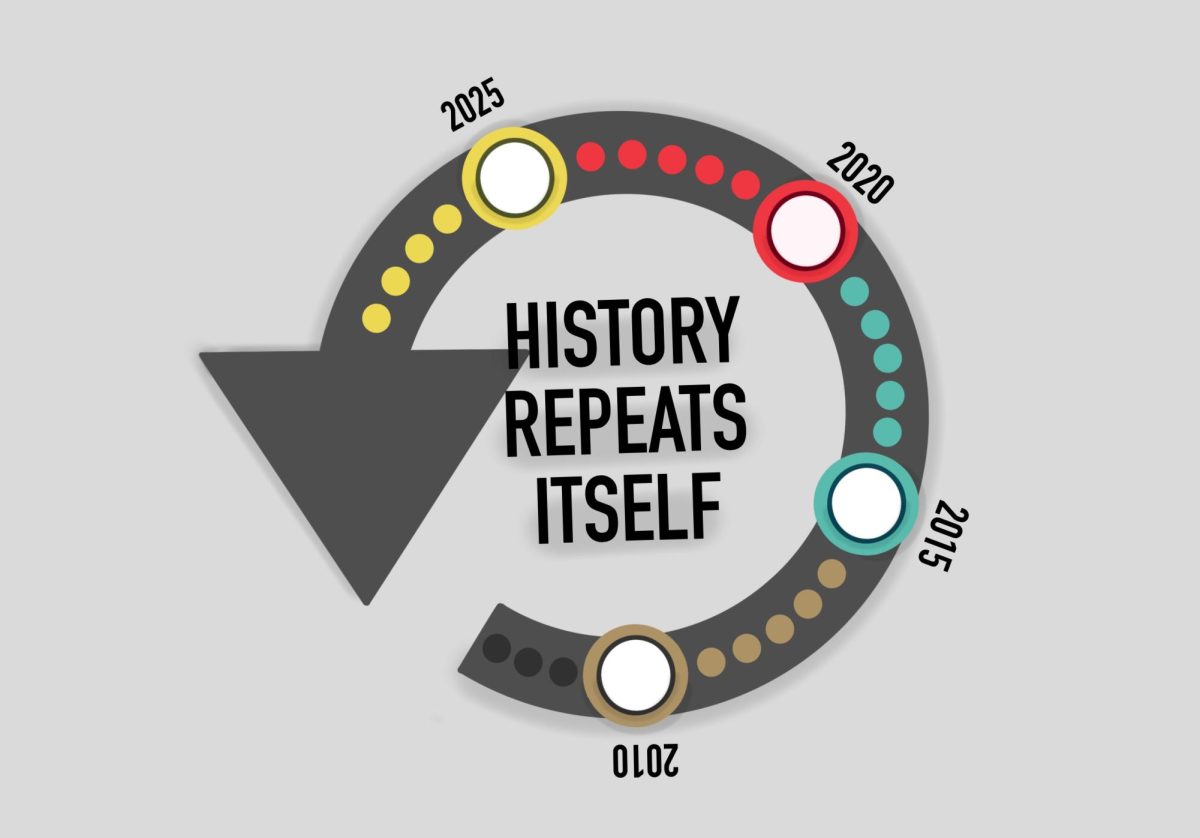The proposed development at 2301 California St. NE should have made everyone happy. It had 164 affordable units, 40% of them 3-bedrooms and plenty of parking spots on a large, empty, vacant lot next to a busy road and a Metro Transit bus stop. It was even shorter than originally proposed and included 13,400 square feet of production space.
Yes, a 100% affordable — specifically 60% of the average median income — privately-built project with production space in the Northeast Minneapolis Arts District. A perfect building at the site of what two years ago was a tall, gray, concrete grain elevator.
Guess how the “community” felt.
The owners of the neighboring studio building filed an appeal against the rezoning, including a tenant of the building, a songwriter, who has his own appeal. The Northeast Minneapolis Arts District added in their own, as well.
Then, the Bottineau Neighborhood Association followed suit, adding their own appeal and a 147-signature petition opposing the project. The “community” said things, like:
“This Over, Too Big Footprint building, will create conflicts” about a site that was zoned industrial and is part of a string of industrial buildings along railroad tracks.
“An enormous 6 story building is completely out of place” at the site where an enormous grain elevator once stood.
“Stop gentrifying NE!” about a building that was 100% affordable.
“Affordable housing yes, one hundred and sixty cars parking all along our streets, no. Community doesn’t seem to be gaining on this one” about a building where every unit has a parking spot — more than what the zoning actually required.
By a considerable margin, public comments opposed the 100% affordable housing project. That is sad.
In a general sense, affordable housing is the kittens and puppies of politics. Everybody loves it, and anyone who does not is a monster. It is something that both rural farmers and urban tenant rights groups agree their communities need more of. That is especially true in Minneapolis, a city as politically blue as denim.
For example, Kenwood, a wealthy neighborhood with little affordable housing, and Cedar-Riverside, a low income neighborhood with lots of affordable housing, both are represented by city council members who say they support more affordable housing. Lisa Goodman, the Lake of the Isle-area city council member, even calls herself a “champion” for affordable housing.
But, as 2301 California St. NE shows us, affordable housing in your neighborhood is a different ball game. Everybody wants affordable housing, just not when it is next door. People’s impulse to say “not in my backyard,” is much stronger than any weak, abstract political commitment they have to housing justice. Sure, 2301 California isn’t perfect and our reliance on private developers to deliver affordable units is flawed, but either we can get 164 thoughtfully designed affordable units or we could get none. In the development process, the homeowners-association-like interests of homeowners have become the priority, not the future low-income tenants or future generations who will need housing. By ceding complete control to NIMBYs, we have their narrow definition of perfect the enemy of public good.
The Bottineau Neighborhood Association gives this away in its bylaws. The first listed goal of the organization is to maintain the “stability” of the neighborhood, while the second goal is “enhancing the social well being.” In the 1930s, the racist Federal Housing Administration used “stability” as a codeword for keeping neighborhoods racially and socially segregated. It deemed neighborhoods like Bottineau “hazardous” because of their minority populations or industrial backgrounds.
As a result of this pushback, 2301 California St. NE almost died in the Business, Inspections, Housing & Zoning Committee. Thankfully, it was later approved in the full City Council vote, but it came too close to dying.
It is disappointing that it is this difficult to build affordable housing in Minneapolis. There was a permitted encampment of unsheltered people at Marshall Terrace Park this summer, just a half mile from 2301 California. Our city is in an affordable housing crisis.
In a crisis or not, we cannot let the false or petty grievances of NIMBY neighbors dictate whether or not low income people can have housing. Minneapolis, especially industrial Northeast, is not Yellowstone National Park or a pastoral prairie. It is a thriving city that will grow and change over time.
To show that we care and advocate for affordable housing, we actually have to build it. I look forward to seeing how Minneapolis will continue to prosper because of projects like 2301 California.














